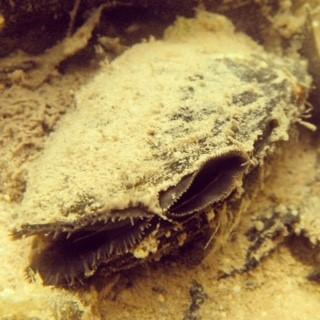Detecting Sensitive Aquatic Species using Environmental DNA
Detecting Sensitive Aquatic Species using Environmental DNA
EPA Region 3, West Virginia Department of Natural Resources, Maryland Department of Natural Resources, and the Pennsylvania Department of Environmental Protection

Freshwater mussels improve water quality by filtering and sequestering pollutants and suspended particulates, nutrient cycling, and removing harmful toxins and pathogens that are threats to public health. Assessing freshwater mussel populations provides important information on water quality and they can act as sensors for drinking water quality. Currently, it takes extensive time, effort, and money to assess mussel populations, but now it is possible to monitor mussels by collecting water and/or sediment samples and analyze for their DNA. This new method of detecting mussel populations lowers the level of effort in traditional freshwater mussel assessments and will help provide an early warning system for water quality changes and help promote mussel restoration and management in Regional watersheds.
Project leads: Amy Bergdale (bergdale.amy@Epa.gov) and Eric Waits (Waits.eric@Epa.gov)
